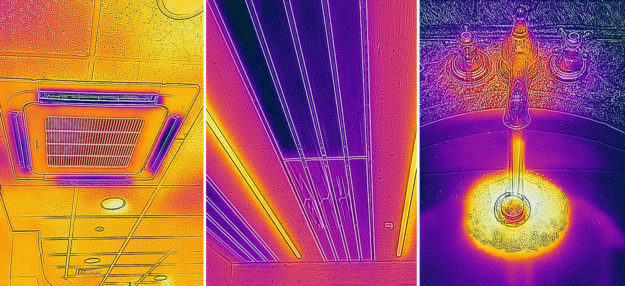Quantitative analysis of health and productivity risks correlated with poor indoor environmental quality in open-plan office spaces in Swizerland and Italy (at floor and desk level); the risk assessments in both offices highlighted the importance of post-occupancy management to deepen our understanding of and improve the impact of buildings on their users.
The project focused on evaluating different health and performance impacts of indoor environment quality on people working in open-space offices. To better understand the state-of-the-art, as a first step, an extensive literature review was performed. The aim was to find models correlating indoor parameters with health and/or performance or threshold points to establish a list of existing and new HPIs (health–performance indicators). A health–performance risk assessment was carried out on two case study offices in Geneva and Turin, at the floor and desk level. The identified HPIs highlight the major health and performance risks in both cases, particularly the thermal environment and indoor air quality.
The researchers used their findings from the case comparison to recommend a set of basic changes to the building’s operation, which could easily mitigate existing risks. The difference in the risk assessment performed at the desk and floor level demonstrated the various conditions and risks to which occupants are exposed. The risk assessment at the desk level made it possible to identify risks at specific zones and desks. Overall, the risks assessments in both offices highlighted the importance of post-occupancy management to better understand the impact of the buildings on their occupants and how to improve it. A complementary approach using both the HPIs and subjective measurements (environmental satisfaction) is more effective in improving understanding of health/performance risks and mitigating them.
